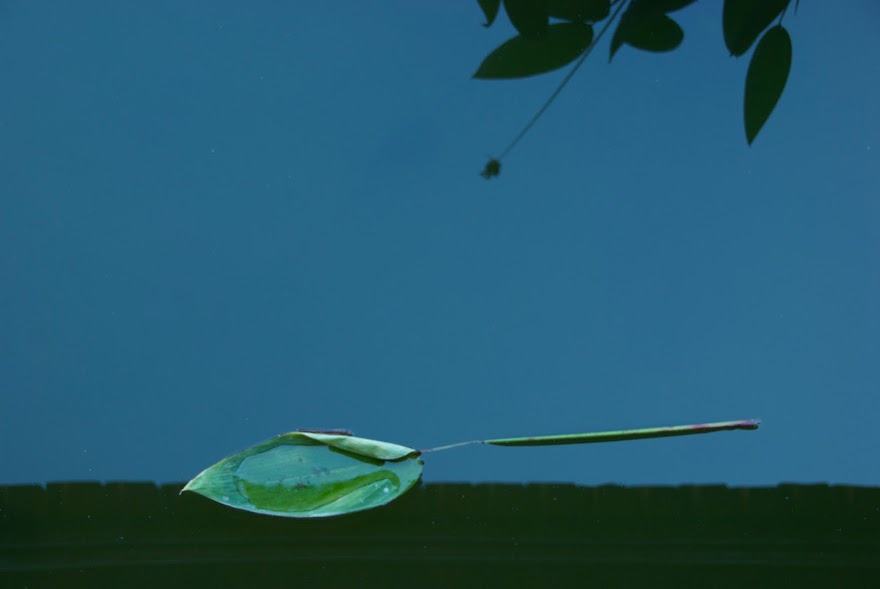In my ongoing effort to read all the works of two great authors, I have just started DOCTOR PASCAL, the twentieth and final novel in Emile Zola's Rougon/Marquart cycle, and I recently finished Webb Chiles's THE OPEN BOAT: ACROSS THE PACIFIC. I have the pleasure of knowing that I still have four more of his books ahead of me and even possibly the passage log of his sixth circumnavigation as well.
The voyage in CHIDIOCK TICHBORNE was the most audacious I ever undertook. As I have written, after my first circumnavigation I had sailed almost 40,000 miles in less than two years, including my first two failed attempts at Cape Horn, and that was enough. For a while. But after a year I began to consider another voyage, one that would be qualitatively different, and decided to attempt to circumnavigate in an 18' Drascombe Lugger, which I named CHIDIOCK TICHBORNE after an Elizabethan poet. The top photo was taken from a bridge in San Diego. The second in the lagoon at Papeete, Tahiti.
I took delivery of CHIDIOCK TICHBORNE in June of 1978, sailed her some around San Diego, slept on board a few nights, determined that I could use sheet to tiller steering on her, and five months later set out for the Marquesas Islands, 3,000 miles distant.
In rereading THE OPEN BOAT for the first time in many years I find that I still sometimes misused 'treacherous' and 'adventure'. Ah, well. I learned. And the book is in some ways a time capsule, particularly about money and prices. Costs that I found outrageous then are almost unbelievably low today. That is to be expected after almost fifty years. I write that then the average cruising couple spent about $5,000 a year, half on boat maintenance.
I also say that an Englishman I came across in Tahiti, Tom Blackwell, was at the time one of only four men to have made two solo circumnavigations. I do not know that is fact, but it is what I was told in 1979.
I remember vividly the more dramatic experiences of that voyage: heaving to one Friday night only six miles from the pass into Papeete, Tahiti harbor, waiting to enter the next morning, but being blown for four days around the island by a 55 knot gale; and of course CT pitchpoling a year later between Fiji and what is now Vanuatu and being adrift for two weeks in a 9' inflatable. But I had forgotten much else. Fifty years will do that too. So there are some advantages to have written about your life.
Almost fifty years--forty-six now to be exact--will effect many changes. Here is what I looked like in a photo taken at Papeete by another sailor whose name I do not remember in January 1979.
And here is a photo taken by my friend, Steve Earley, on our screened porch in February 2024.
And here is the beginning of the book, a passage about two ways of facing death, and those words that Amazon indicates multiple readers underlined.











2 comments:
Webb, The Open Boat book ranks 2nd in my Webb Chiles book hall of fame (Storm Passage #1), and the arrival to Papeete is the most compelling and memorable paragraphs of anything you’ve written. It was agony to read as that unfolded. The frustration built inside me as I empathized with your situation - almost beating sunset and entry, only to be delayed for days as you hove your way around the island clockwise (as I recall, anyway). I couldn’t help but put myself in that situation. Most of us have been in some similar situation, but not with such consequences. Although you wouldn’t approve, I’m sure I would have assigned malicious intent by Mother Nature, and cursed her for the duration. In fact, I may have done so as I read it. - Doug Radabaugh
You are right Clockwise it was. Also right that I would not have attributed malicious intent to non-existent Mother Nature. And that it was a tough and unexpected four days.
Post a Comment